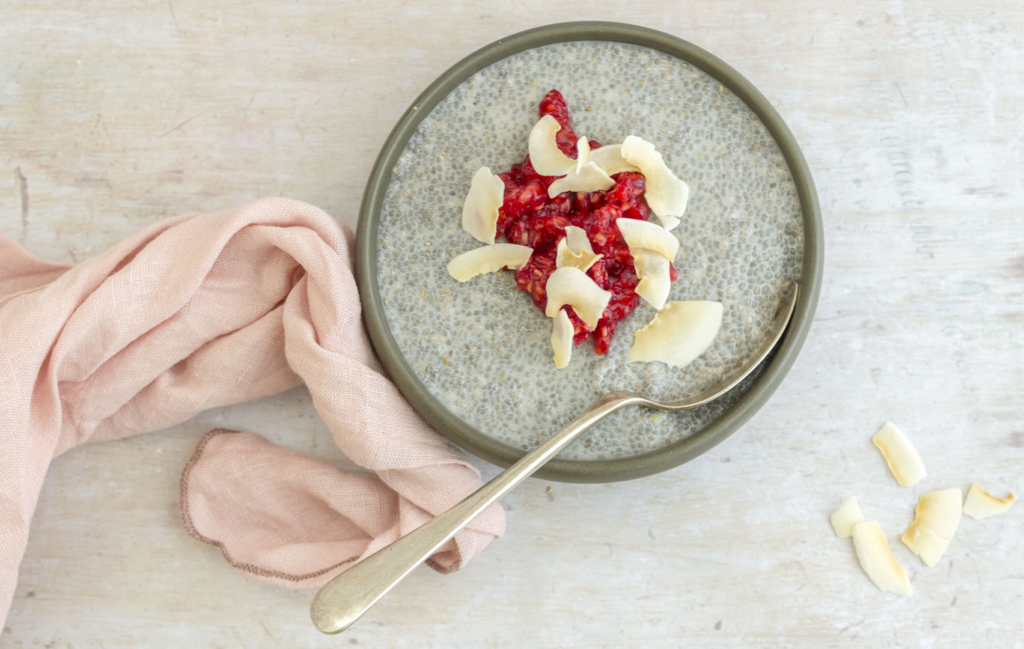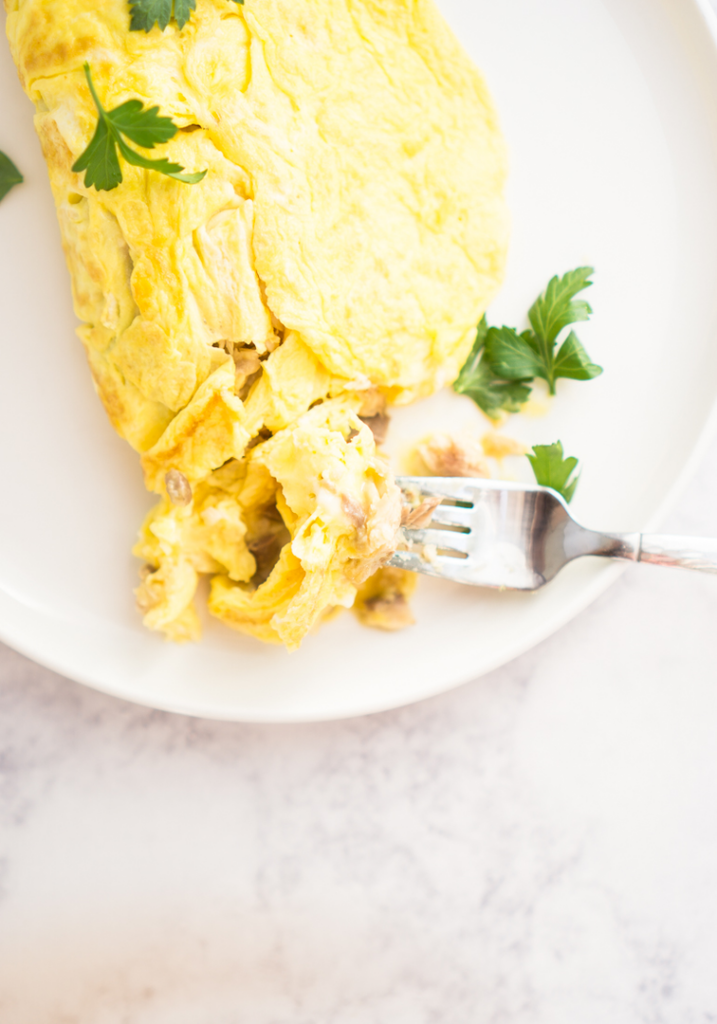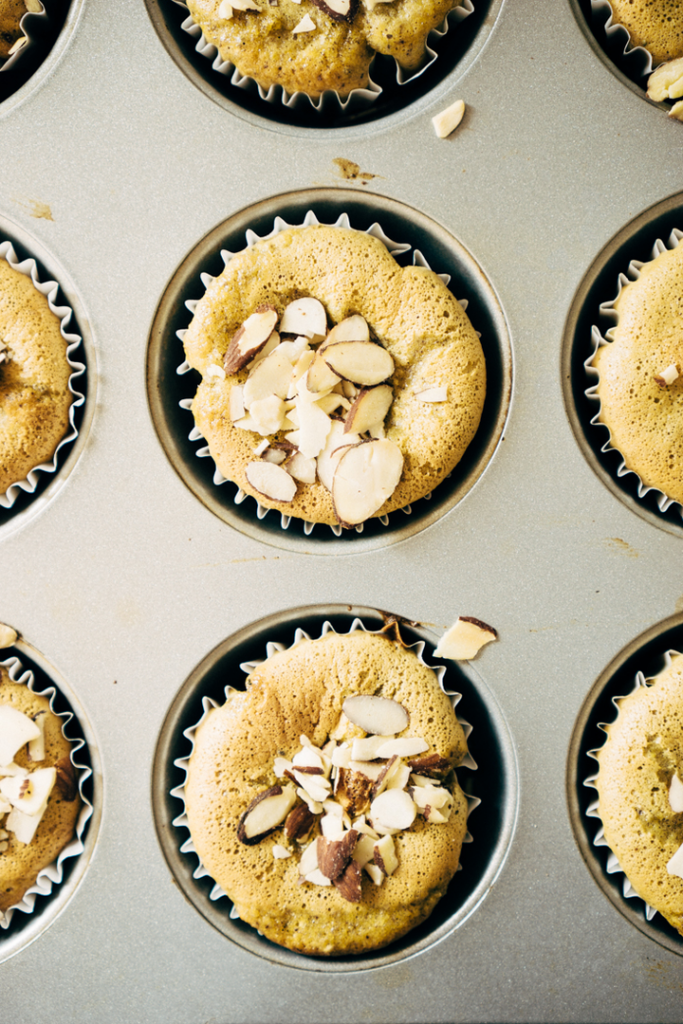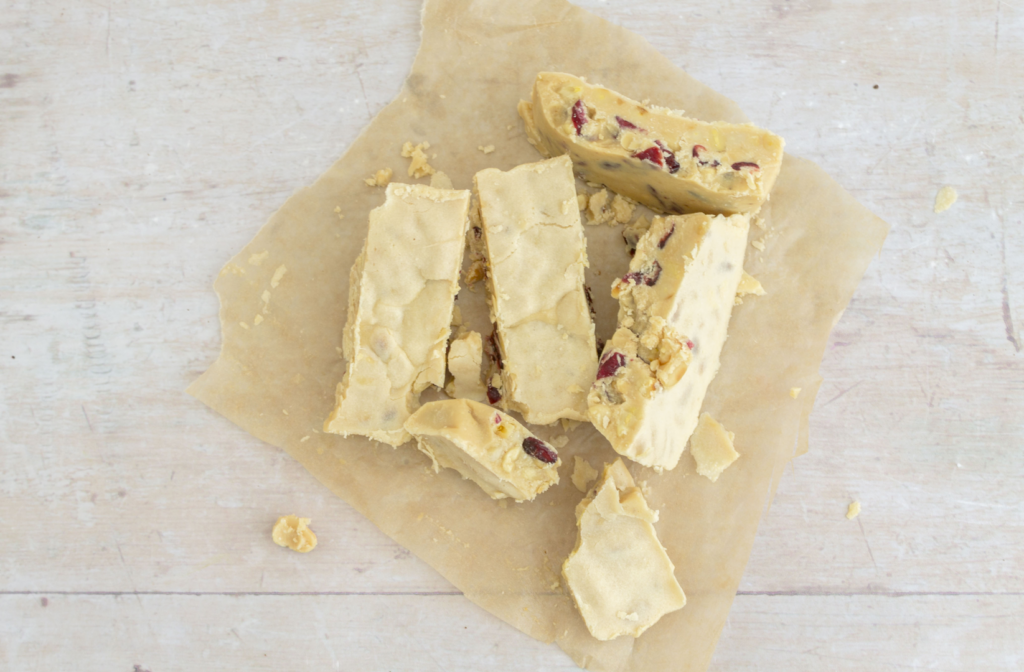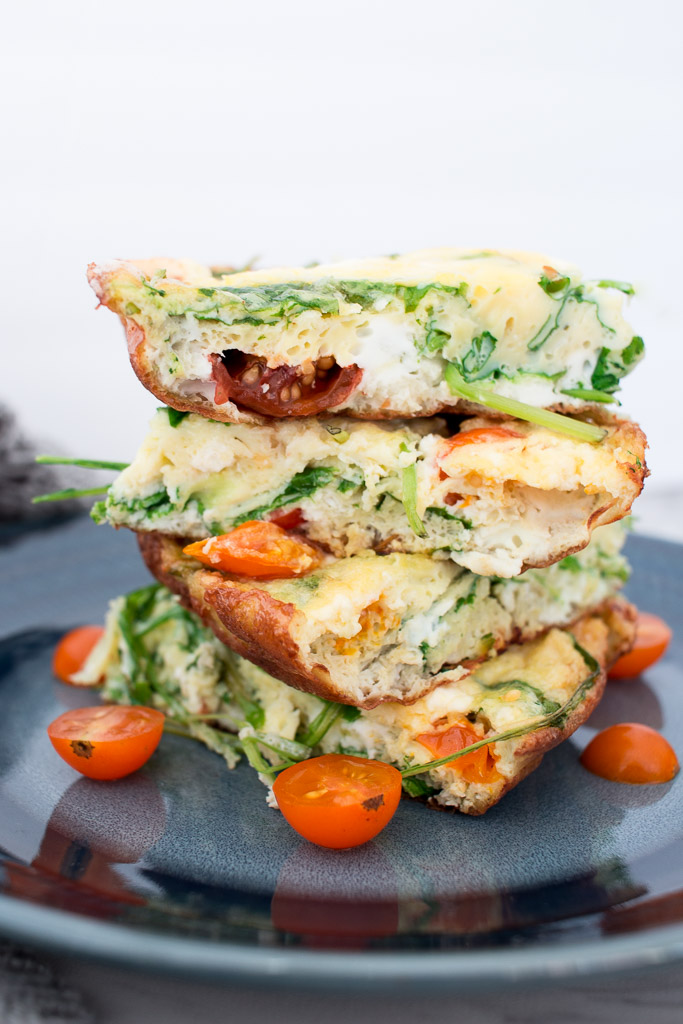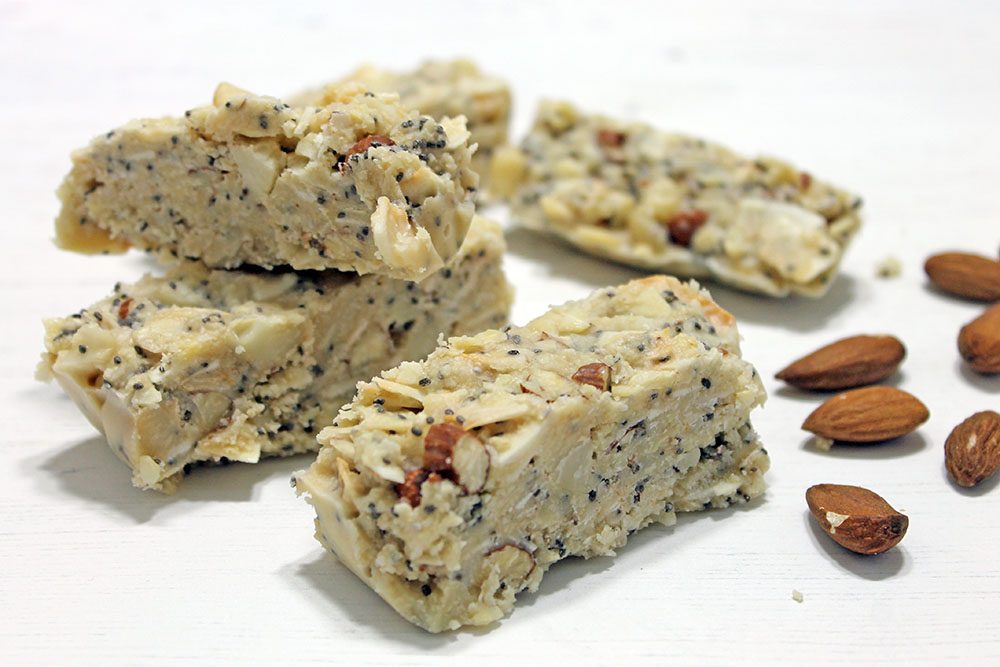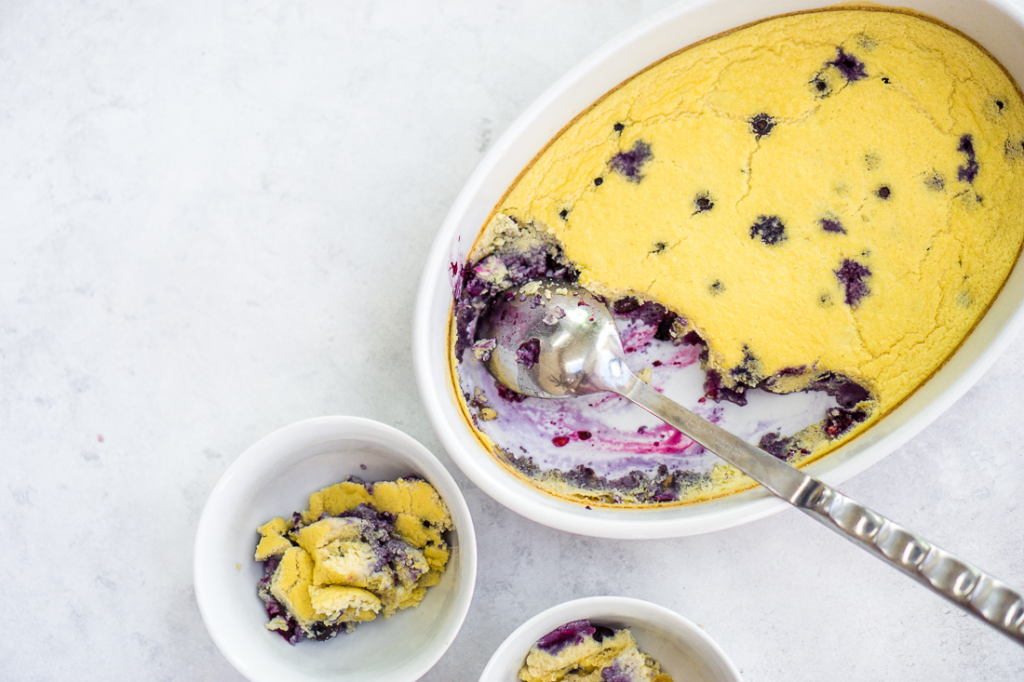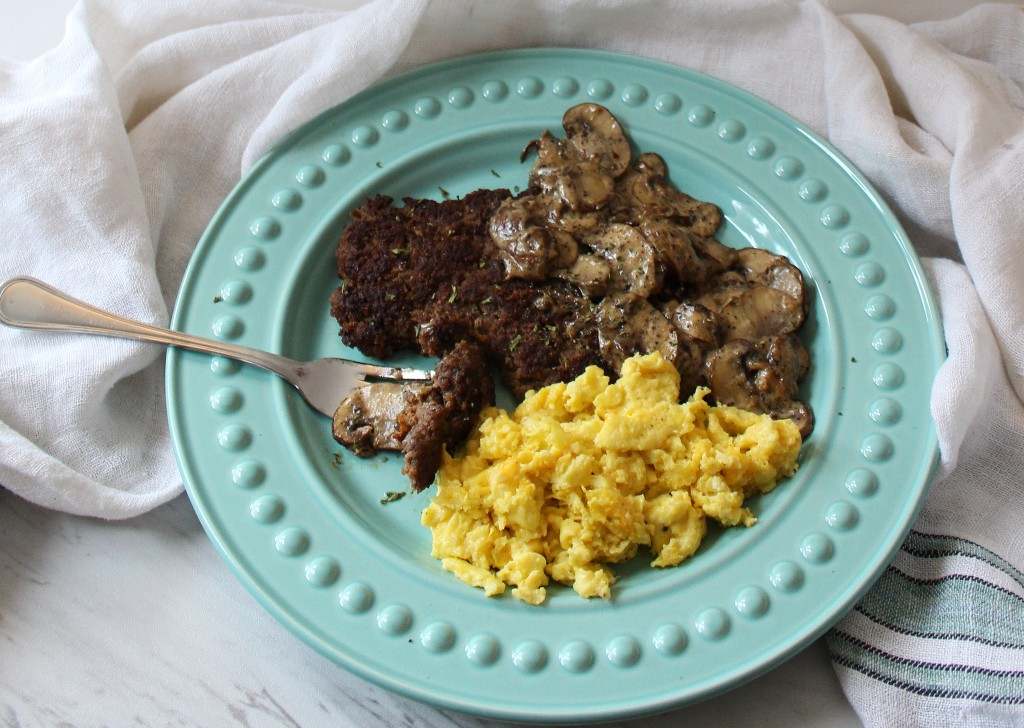About
Beginners welcome – anyone can poach an egg! This simple egg fast Keto recipe will give you an easy start to your day of fasting. The directions will walk you through all the steps, and there are additional tips about poaching eggs described further below. Served over your poached egg is a perfect portion of a cheddar cheese sauce. The sauce is very thick and buttery, which is important for your few days of egg-fasting. If you’re using Keto egg fast recipes to kick-start your ketosis, the high-fat sauce is necessary to have, especially in the morning. Poached eggs aren’t the best for meal prepping, so it’s best to make this meal fresh for your breakfast. Let other users know what you think of the egg fast diet in the comment section!
Tips For Poaching Eggs
The directions below will walk you through a simple approach to poaching eggs. They may not look perfect your first time making them! If you’re ready to improve your poaching skills, there’s a couple of things you can do to get Instagram-worthy eggs. Before poaching, crack each egg into a sieve to remove excess egg whites. When the water is boiling, add a small amount of vinegar to your water. The vinegar helps the egg whites firm up faster while they cook.
A Note On This Recipe
If poaching eggs isn’t your thing, there are other ways to cook your eggs without disrupting the recipe macros! Soft-boiling your eggs is the best alternative, and you can pour the thick, cheesy sauce over your opened egg. If you like your eggs fried or scrambled, you may use ¼ teaspoon olive oil per egg to achieve this. However, make sure to add the olive oil to your food log.
Ingredients
- 2 large raw egg
- 1 tablespoon butter, unsalted
- 1 tablespoon whipping cream, not whipped
- 3 tbsp, shredded cheddar cheese
Instructions
- To poach eggs, you’ll first need to bring some water to a boil. Fill a pot several inches high with water, and bring it to a boil on your stove. Crack one egg into a small dish or bowl. Once the water is boiling, pour the egg into the center of the pot and use a heat-safe spoon to stir the water around the pot several times. Remove your spoon and allow the egg to cook for 3 minutes for a soft yolk or 5 minutes for a firmer yolk.
- Once the egg is done, use a slotted spoon to transfer the egg to a serving dish. You may swirl the water in the pot to remove any loose egg whites that are hanging off the egg. Repeat the cooking process for as many eggs as you’re making. When the eggs are done, make a quick high-fat cheese sauce. Begin by melting the butter in a pan over low heat on your stove. Stir the cream into the melted butter, and heat the two ingredients until they’re emulsified and just starting to bubble.
- Reduce your heat as necessary so the sauce does not reach a simmer. Over low heat, melt the cheddar cheese in the pan until your sauce comes together. Stir to help the fats emulsify into a thick, extra-cheesy sauce. Once done, pour the appropriate amount of cheese sauce over each poached egg. At your discretion, you can garnish your poached eggs with seasonings or fresh herbs. In the final photo here, you’ll see the eggs garnished with pinches of salt, pepper, and minced chives.
Nutrition Facts
- Servings: 2
- Calories: 192.9kcal/806.9kJ (per serving)
- Fat: 16.9g (per serving)
- Carbs: 1.1g (per serving)
- Protein: 8.9g (per serving)

